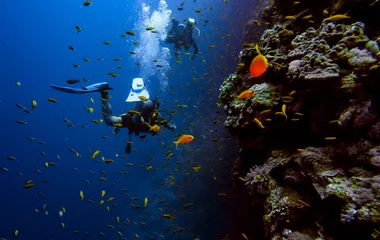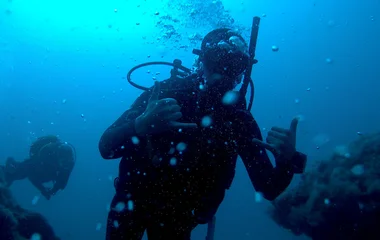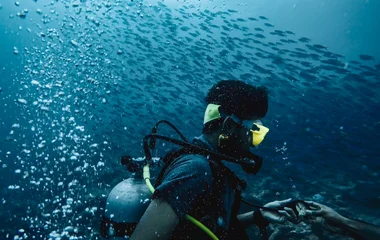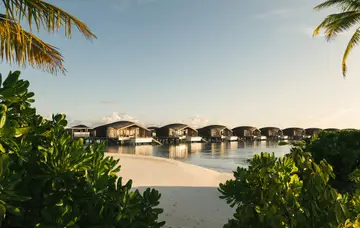
The Maldives diving season
The recommended time for diving in the Maldives is from December to May, during the northeast monsoon. In these months, when the winds blow from the northeast, the sky is clear and the seas are calm. As a result, there's very good visibility on the eastern side; about 20 to 30 metres. Visibility on the western side is about 15 to 20 metres. However, there isn't really a bad time to dive in the Maldives, and it's more dependent on daily variations like the tide.
From December to March, the currents flow through the underwater channels from east to west, causing planktons to flow out to the open ocean in the west, which attracts manta rays. At the eastern channel entrances, you can spot various shark species at this time.
The southwest monsoon lasts from June to November and moves the currents through the channels from west to east. During this time, visibility is great in the west. However, the seas can be choppy thanks to the strong winds, with swells going as high as two metres during the height of the rainy season in June and July. Hanifaru Bay is a great place to see whale sharks and mantas in this season.







